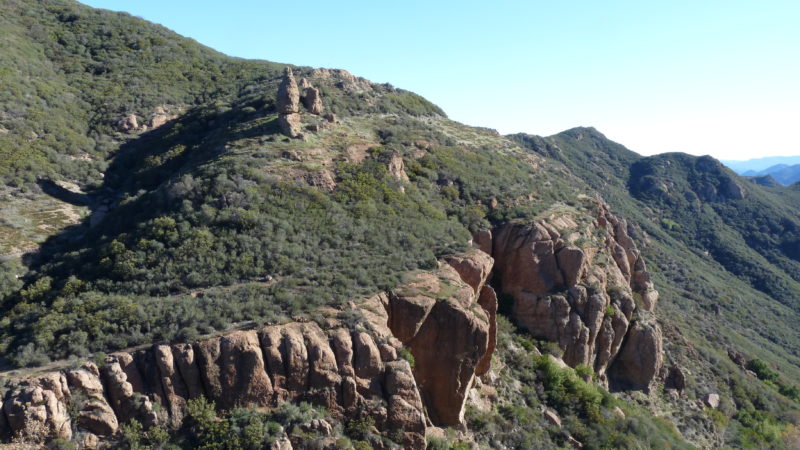The Center for Tropical Research has recently developed new models in California to determine the amount of intraspecific genetic variation present in an area. This year, we tested this new approach in the Santa Monica Mountains National Recreational Area (SMNRA), part of the southern subunit of the California Landscape Conservation Partnership. CTR scientists, in partnership with Seth Riley and Katy Semple Delaney of the SMNRA, examined seven species of vertebrates that differ in range size and habitat requirements. Species included: the side-blotched lizard (Uta stansburiana), the western fence lizard (Sceloporus occidentalis), the western skink (Plestiodon skiltonianus), the wrentit (Chamaea fasciata), the Pacific tree frog (Pseudacris regilla) , the grey fox (Urocyon cinereoargenteus), and the bobcat (Lynx rufus). Although none of these species are of conservation concern in particular, researchers determined that those regions in Southern California that harbor high genetic diversity for common species are likely to contain similarly high genetic diversities in rare or endangered species. By identifying areas that contain high biodiversity (or environmentally-associated adaptive variation (EAV)) under current climate conditions, we also hope to be able to predict where areas of high EAV will be under future climate conditions. The final step of this work will be to ensure results reach decision-makers, such that conservation planning can be informed of the relative value of preserving certain regions based on EAV values.

